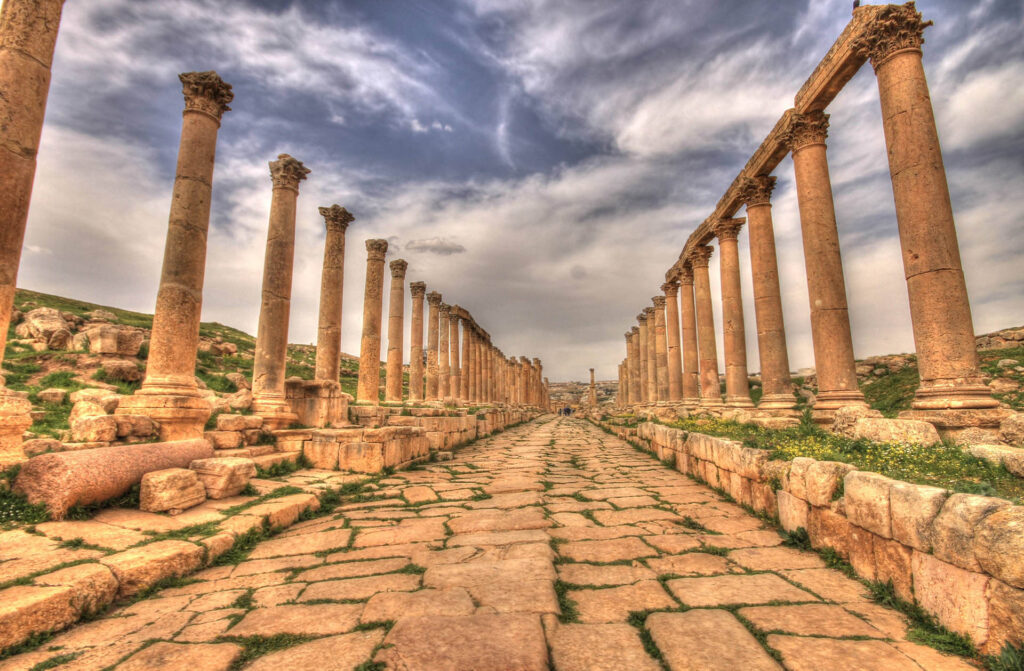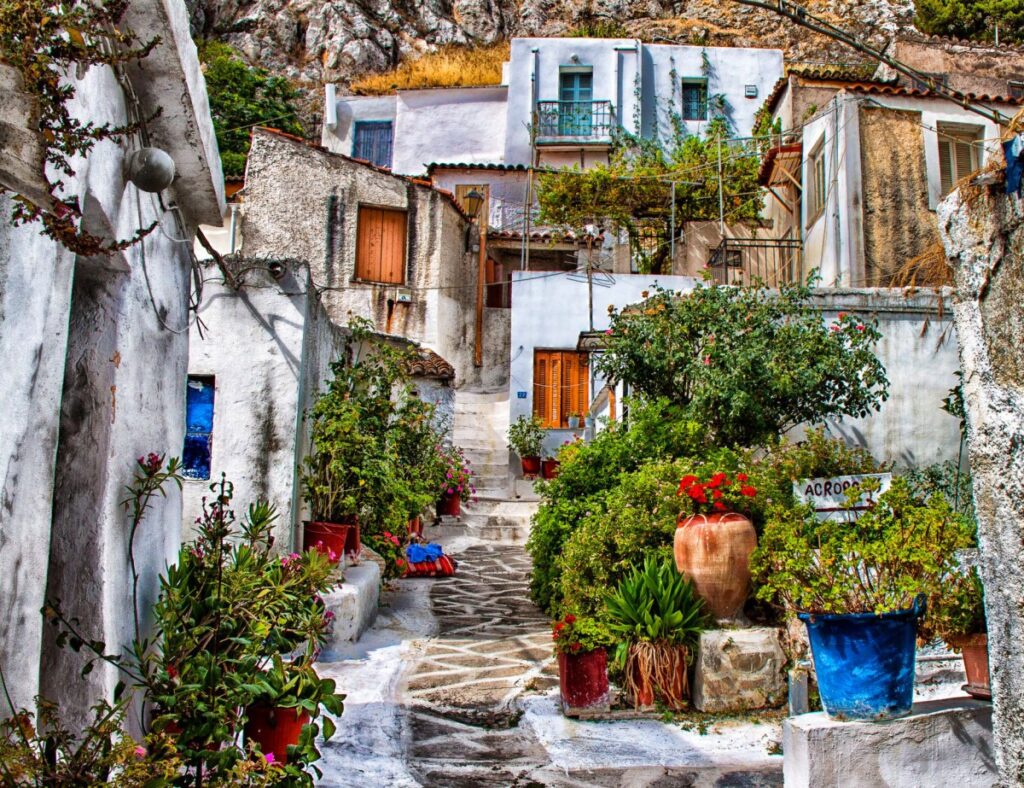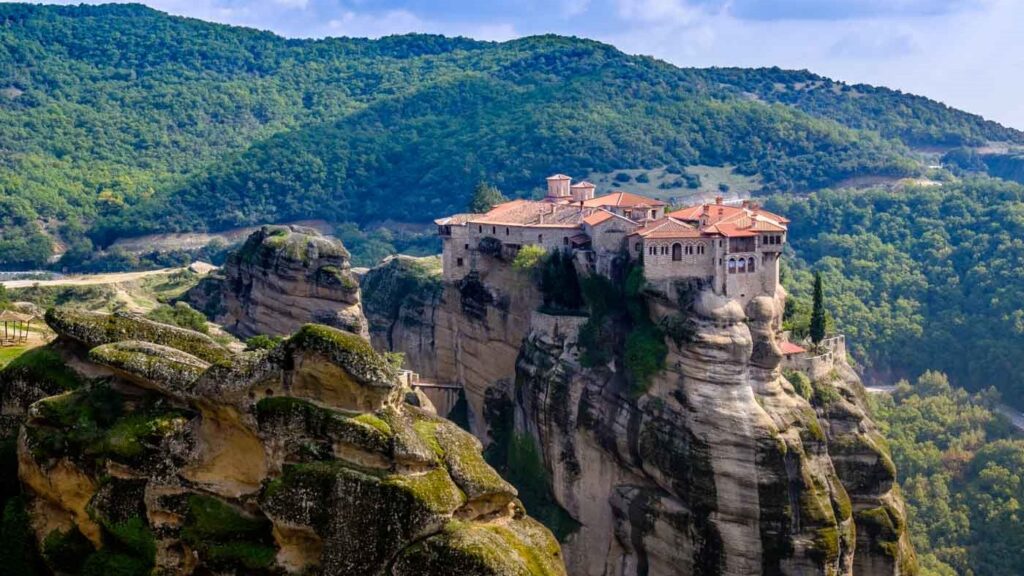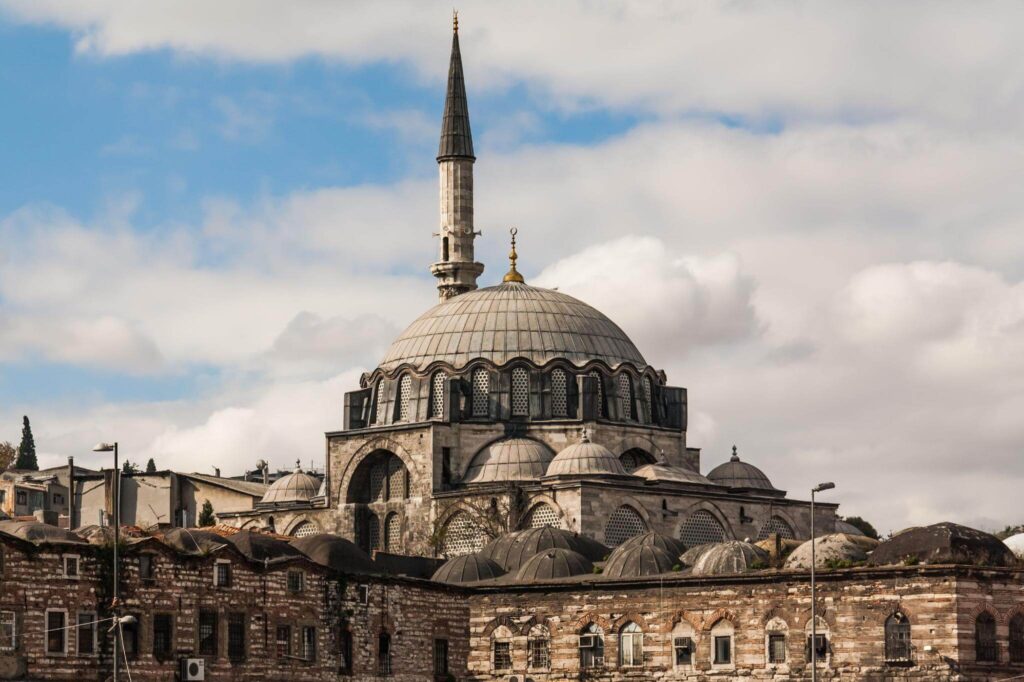Introducing The Jingwansa Historical Temple
Jingwansa Temple, nestled in the serene surroundings of Bukhansan National Park, is a remarkable historical and spiritual site in South Korea. With a history dating back over a thousand years, this temple is a testament to the enduring legacy of Korean Buddhism. Visitors to Jingwansa are treated to stunning natural scenery, traditional Korean architecture, and profound spiritual experiences. This comprehensive article delves into the rich history, cultural significance, architectural beauty, and visitor experiences at Jingwansa Temple.

Historical Background of Jingwansa Temple
Foundation and Early History
The Vision of Monk Hyeso
Jingwansa Temple was founded in 1011 during the Goryeo Dynasty by the eminent monk Hyeso. The establishment of the temple was supported by King Hyeonjong, who reigned from 1009 to 1031. Hyeso envisioned a sanctuary for spiritual practice and a place to pray for the nation’s prosperity.
King Hyeonjong’s Support
King Hyeonjong, a devout Buddhist, played a crucial role in the construction of Jingwansa. His support for Buddhism was part of his broader effort to stabilize and strengthen the kingdom through spiritual and cultural development.
Evolution Through Dynasties
Goryeo Dynasty (918-1392)
During the Goryeo Dynasty, Jingwansa flourished as a center for Buddhist learning and practice. The temple attracted monks from across the kingdom who engaged in meditation, scriptural study, and the propagation of Buddhist teachings.
Joseon Dynasty (1392-1910)
Despite the state suppression of Buddhism under the Confucian-oriented Joseon Dynasty, Jingwansa remained an important spiritual hub. The temple’s resilience during this period highlights its deep-rooted significance in Korean culture.
Modern Era
Restoration Efforts
In the 20th century, Jingwansa underwent extensive restoration to preserve its historical and architectural integrity. These efforts have ensured that the temple continues to serve as a vital cultural and spiritual landmark.

Architectural Significance
Traditional Korean Temple Architecture
Jingwansa Temple is a prime example of traditional Korean temple architecture, characterized by its harmonious integration with the natural environment, use of natural materials, and elegant, understated design.
Main Hall (Daeungjeon)
The Main Hall, or Daeungjeon, is the heart of Jingwansa Temple. This hall houses the main altar and statues of the Buddha, serving as the primary space for worship and ceremonies.
- Architectural Features: The Daeungjeon is built using traditional wooden construction techniques, with intricate carvings and colorful dancheong (decorative painting) adorning its exterior and interior. The hall’s design reflects the principles of balance and harmony, with a focus on creating a serene and contemplative atmosphere.
- Interior Layout: Inside the Daeungjeon, visitors can find a large statue of the Buddha, flanked by bodhisattvas and other deities. The altar is decorated with offerings of flowers, candles, and incense, creating a sacred space for meditation and prayer.
Bell Pavilion (Jonggak)
The Bell Pavilion, or Jonggak, houses the temple’s large bronze bell, which is used to mark the time and call monks and visitors to prayer.
- Design and Function: The pavilion is an open-sided structure with a gracefully curved roof, supported by wooden pillars. The bell itself is ornately decorated with Buddhist symbols and inscriptions, and its resonant tones can be heard throughout the temple grounds.
Monastic Residences and Facilities
Jingwansa Temple includes several buildings that serve as residences for monks, as well as facilities for communal activities and meditation.
Seon Meditation Hall (Seonwon)
The Seon Meditation Hall, or Seonwon, is dedicated to the practice of Seon (Zen) meditation, a core component of Korean Buddhism.
- Simple Elegance: The Seonwon is a simple, unadorned building designed to promote focus and concentration. Its interior is furnished with meditation cushions and mats, providing a quiet space for deep contemplation.
Dining Hall (Gongyangbang)
The Dining Hall, or Gongyangbang, is where monks and visitors share communal meals. The hall reflects the Buddhist principles of simplicity and mindfulness, with meals prepared and consumed in a manner that fosters gratitude and awareness.
Natural Surroundings
Jingwansa Temple is set against the backdrop of Bukhansan National Park, offering stunning views of mountains, forests, and streams. The natural environment enhances the temple’s tranquility and provides a serene setting for spiritual practice.
Bukhansan National Park
Bukhansan National Park is known for its rugged peaks, dense forests, and diverse wildlife. The park offers numerous hiking trails, scenic viewpoints, and opportunities for outdoor recreation, making it a popular destination for nature lovers and spiritual seekers alike.
Temple Gardens
The temple grounds include beautifully landscaped gardens, with flowering plants, trees, and ponds. These gardens provide a peaceful space for reflection and relaxation, and they are meticulously maintained by the temple’s community.

Cultural and Spiritual Significance
Buddhist Practices and Rituals
Jingwansa Temple is a center for various Buddhist practices and rituals, offering opportunities for both monks and laypeople to engage in spiritual activities.
Daily Practices
The daily routine at Jingwansa includes chanting, meditation, and ceremonial offerings. These practices help to cultivate mindfulness, compassion, and a deep connection to the Buddhist teachings.
- Morning and Evening Chanting: Monks and visitors gather in the main hall for chanting sessions, reciting sutras and mantras to start and end the day.
- Meditation Sessions: Regular meditation sessions are held in the Seon Meditation Hall, providing a structured environment for practitioners to develop their mindfulness and concentration.
Temple Stay Program
Jingwansa offers a Temple Stay program, allowing visitors to experience monastic life firsthand. This program is designed to introduce participants to Buddhist philosophy, meditation practices, and the daily routines of the temple.
Program Highlights
- Introduction to Buddhism: Participants receive an introduction to the core principles and practices of Buddhism, including teachings on mindfulness, ethics, and wisdom.
- Meditation and Chanting: The program includes guided meditation sessions and chanting practices, helping participants to develop a deeper understanding of these spiritual disciplines.
- Cultural Activities: Visitors can engage in traditional Korean cultural activities, such as tea ceremonies, lotus lantern making, and temple food preparation.
Festivals and Ceremonies
Jingwansa Temple hosts several annual festivals and ceremonies, celebrating important events in the Buddhist calendar and Korean culture.
Buddha’s Birthday (Seokga Tansinil)
Buddha’s Birthday is one of the most significant events at Jingwansa, marked by colorful lanterns, elaborate ceremonies, and communal festivities.
- Lantern Festival: The temple grounds are adorned with thousands of lanterns, symbolizing the light of wisdom and compassion. A lantern parade is held, with participants carrying lanterns through the temple and surrounding areas.
- Ceremonial Offerings: Special ceremonies are conducted, including offerings of flowers, incense, and food to the Buddha. These rituals are accompanied by chanting and prayers for peace and prosperity.
Harvest Festival (Chuseok)
Chuseok, the Korean harvest festival, is celebrated with special ceremonies and communal meals at Jingwansa. The festival is an occasion to give thanks for the harvest and honor ancestors.
- Ancestral Rites: Traditional ancestral rites are performed, with offerings made to honor the spirits of departed family members. These rites reflect the deep cultural significance of filial piety and respect for one’s heritage.

Visitor Experience
Getting There
Jingwansa Temple is conveniently located near Seoul, making it accessible for both locals and tourists.
By Public Transportation
- Subway and Bus: Visitors can take Line 3 of the Seoul Subway to Gupabal Station, then transfer to a local bus that stops near the temple entrance. From there, it’s a short walk to the temple grounds.
- Taxi: Taxis are readily available throughout Seoul, and a ride to Jingwansa offers a convenient and comfortable option.
Admission and Hours
Jingwansa Temple is open year-round, with no admission fee for visitors. The temple grounds are generally open from early morning until sunset, allowing ample time to explore and participate in activities.
Guided Tours
Guided tours are available for groups, providing insights into the temple’s history, architecture, and spiritual practices. These tours can be arranged in advance through the temple’s visitor center.
Tips for Visitors
- Dress Modestly: As a place of worship, it’s important to dress modestly when visiting Jingwansa. Comfortable, respectful clothing is recommended.
- Observe Silence: Visitors are encouraged to maintain a quiet and respectful demeanor, particularly within the temple buildings and during ceremonies.
- Photography: While photography is allowed in most areas, it’s important to be mindful of others and avoid disrupting worship or meditation sessions.
Nearby Attractions
In addition to Jingwansa Temple, the surrounding area offers several other attractions that visitors can enjoy.
Bukhansan National Park
Bukhansan National Park is a must-visit destination for nature enthusiasts. The park offers a variety of hiking trails, ranging from easy walks to challenging climbs, with stunning views and diverse flora and fauna.
Other Temples
The area around Jingwansa is home to several other historical temples, each with its unique charm and significance. These include Bongwonsa and Doseonsa, both of which offer additional insights into Korea’s rich Buddhist heritage.
Seoul Landmarks
For those looking to explore more of Seoul, landmarks such as Gyeongbokgung Palace, Insadong, and Myeongdong are within easy reach. These sites offer a blend of historical, cultural, and modern attractions, showcasing the dynamic character of South Korea’s capital city.

Future Prospects
Preservation Efforts
Continued preservation efforts are essential to maintaining the historical and cultural integrity of Jingwansa Temple. Ongoing projects aim to repair and restore the temple’s structures, artifacts, and natural surroundings.
Sustainable Tourism
As a popular tourist destination, Jingwansa is committed to promoting sustainable tourism practices. Efforts are being made to minimize the environmental impact of visitors, promote eco-friendly initiatives, and ensure the temple remains a peaceful and respectful space for all.
Educational Programs
Jingwansa Temple plans to expand its educational programs, offering more opportunities for visitors to learn about Buddhism, Korean culture, and the temple’s history.
Workshops and Seminars
Workshops and seminars on various aspects of Buddhist practice, temple architecture, and traditional Korean culture are being developed. These programs aim to provide a deeper understanding and appreciation of the temple’s significance.
Conclusion
Jingwansa Temple stands as a testament to South Korea’s rich cultural and spiritual heritage. With its historical significance, architectural beauty, and serene natural setting, it offers a unique and enriching experience for visitors. Whether you’re seeking spiritual enlightenment, cultural insight, or simply a peaceful retreat, Jingwansa Temple is a destination that promises to leave a lasting impression. As efforts continue to preserve and enhance this treasured site, Jingwansa will undoubtedly remain a beacon of Korea’s enduring legacy and a source of inspiration for generations to come.










